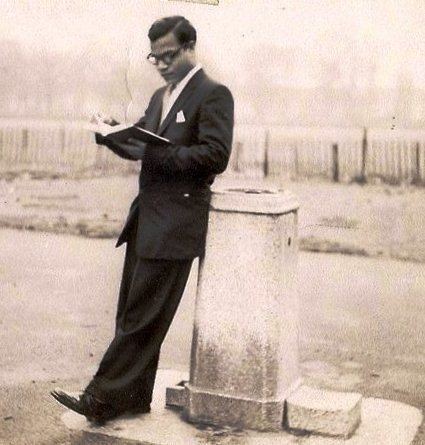The Clickbait Charade: Unveiling the Psychology Behind Viral Content
Have you ever scrolled through social media and gotten sucked into a vortex of funny cat videos, heartwarming stories, or something so bizarre you just had to share it? You're not alone. Viral content thrives because it taps into the core of human psychology, making us click, share, and come back for more. The internet is a swirling vortex of information, entertainment, and endless scrolling. But what makes certain content break through the noise and achieve viral fame? The answer lies in the fascinating dance between psychology and content creation. Understanding what compels us to click, share, and engage with content is the key to unlocking the secrets of virality. Viral content can steer some sense of emotion into us. Various psychological factors are associated with the anatomy of a viral video, image, graphic, icon, or meme that is made using such viral content. Following are some psychological factors behind viral content and what makes it tick:- The Emotional Rollercoaster...




